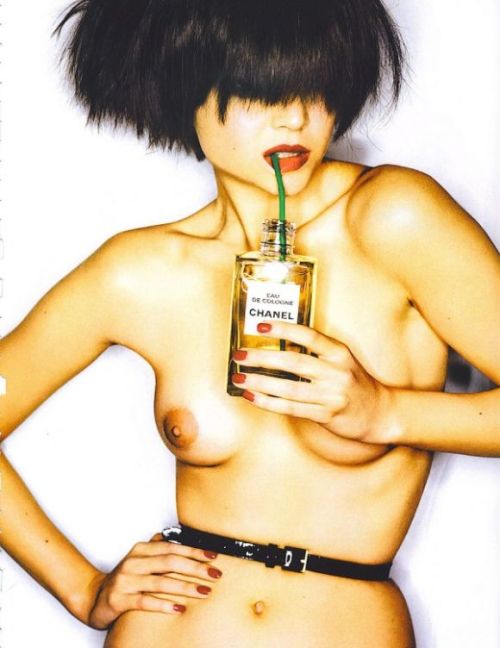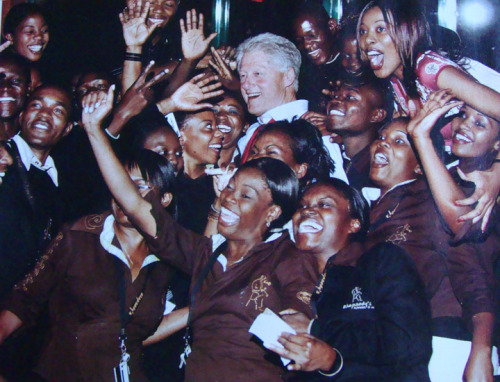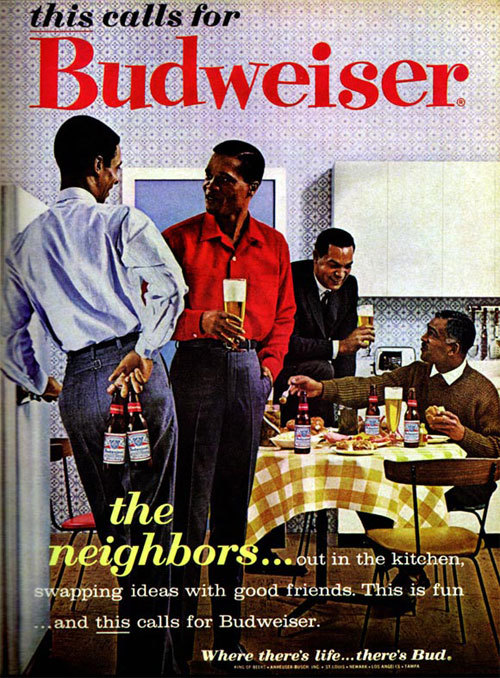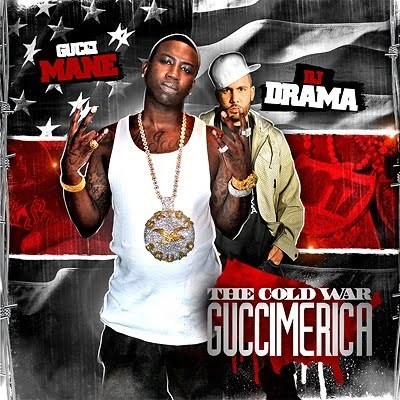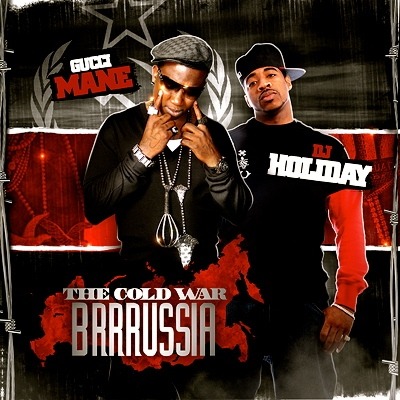


On June 30, 1960, Patrice Emery Lumumba stood in sweltering heat before an enthralled crowd of millions in Kinshasa to make the first Independence Day speech in his country’s history. The Republic of Congo was newly free from colonization and Lumumba, an anti-colonial fighter, was its first legally elected president. He began in measured, reflected tones urging his countrymen and women to fulfill the realization of dreams they and their predecessors held for generations.
“We are proud of this struggle, of tears, of fire and of blood, to the depths of our being, for it was a noble and just struggle, and indispensable to put an end to the humiliating slavery which was imposed upon us by force,” he noted referring to the notorious Belgian rule. “… Our wounds are too fresh and too painful still for us to drive them from our memory. … I ask you unconditionally to respect the life and the property of your fellow citizens and of foreigners living in our country. … Our government, strong, national, popular, will be the health of our country.”
Ten weeks later, Lumumba was deposed from government and later executed in a coup led by a military officer named Mobutu Sese Seko, plunging the country into more than 40 years of strife, exploitation and unrealized possibilities. Most casual observers of Africa expect the worst, and no country on the continent embodies that sentiment more than the Democratic Republic of The Congo. By assuming the worst in a place or person though, one usually finds it. The very mention of “Congo” conjures images of sexual barbarism, refugees and economic exploitation, but rarely hope — of which there is a surprising abundance.
Today, much like it did 49 years ago, the nation struggles to emerge from devastating conflict and foreign interference, but for very different reasons. Since the fall of Mobutu in 1998, the country has been plagued by weak or suspect leadership, as well as economic meddling of surrounding nations too willing to take advantage of its social instability for their gain. No one’s hands are clean, not even those coming from outside such as U.N. peacekeepers that have been implicated in sexual exploitation and trading arms for natural resources.
If the Congo is cursed, as many foreigners and some citizens believe (if indeed a country and its people can be collectively cursed), it is one that is being lifted every painful day by individuals whose stories too often go undocumented on the front pages of the world’s major newspapers. Perhaps the curse began with the Polish-born English writer Joseph Conrad, whose widely regarded 1902 novella Heart of Darkness has remained an unshakable moniker of the Congo, and Africa as a whole, for more than a century. Deemed a part of Western literary canon, Conrad told the story of an insane, dying trader named Kurtz who is committing human atrocities against native Congolese deep in the bush. Heart of Darkness not only spawned a legion of editors to insert the title into any written story about the Congo, but also film director Francis Ford Coppola’s quixotic parable of the Vietnam War, Apocalypse Now.



All the stories one can hear are probably true. The worst is in the Congo. In the last decade, more than 5 million have died from war-related causes, only exceeded in the past century by World War II. One million Congolese civilians are displaced, and due to a rebel offensive late last October, that figure grew by 250,000. The United Nations estimates upwards of 250,000 women have survived sexual assault, ranging in age from 3-month-old infants to 80-year-old grandmothers. Cholera, Ebola, AIDS, diarrhea and malaria are regular foes in understaffed, under-resourced medical centers. The infant mortality rate is more than 10 times that of the United States. Despite having some of the greatest natural deposits in the world of highly valued resources such as copper, gold, diamonds, uranium, timber, coltan and caciterite — the latter two being necessary elements of laptop computers and mobile phones — the Congo has one of the poorest national economies.
Darkness cannot exist without light, even in the midst of tragedy and loss. If one of the richest nations in the world (the size of Western Europe) has any chance of recovery and survival, now is the time to invest in the Congolese people and honor their journeys.
One of many in a notorious line of Congolese warlords, Laurent Nkunda heads a faction known by the acronym CNDP (National Congress for the Defense of the People). Ethnically Tutsi, Nkunda was an officer in the Congolese national army before breaking off to form his own army, allegedly in defense of the Tutsi community in the Congo and in opposition to Hutu forces. In October of last year, he mounted an offensive that not only compelled the U.N. peacekeeping deployment, the largest in the world, to retreat, but also caused a quarter of a million Congolese civilians to leave their homes and fields. Sixty thousand of them ended up in the Kibati displacement camp, 12 kilometers north of Goma, on the border of Congo and Rwanda.
Kibati is a “spontaneous” camp, which means it wasn’t a pre-planned space by relief agencies, but rather where fleeing families and individuals congregated on their own. The last decade of fighting has seen sporadic periods of displacement, return and more displacement. Now, aid workers see more and more families splitting up with one set of children staying with one parent, and the rest going in a different direction with the other one, or not leaving at all to protect their fields. As one worker for Oxfam International explains, there are phases of displacement. “The first time you leave your home, you take everything you can carry,” she notes while driving through the entrance of Kibati on Thanksgiving Day last year. “When it happens a second time, you have fewer possessions to carry and even less hope of going home to stay. The third time, you don’t have anything left, physically or emotionally.”
The Kibati camp did exist before Laurent Nkunda’s October offensive, but now has reached its eventual size. The vast majority of displaced Congolese are now staying with host families, approximately 70 percent according to Oxfam. There are Congolese army soldiers around the camp, but those living in Kibati and other better-known sites such as Mugunga I and Mugunga II nearby, are calling for a greater U.N. peacekeeping presence. By the end of last year, cholera was spreading throughout the eastern Congo, where the majority of fighting has been traditionally based, and into the camps.
Kibati is a stark looking place with scores of white tents emblazoned on the outside with blue lettering that says “UNHCR” — the United Nations’ main refugee services’ agency. Under a grueling sun, women cook food in dull metal pots on fires surrounded by volcanic rock. The ground itself is hard, dry and rocky. More than 63 percent of people who are displaced have lost someone in their family.
Like camps throughout the world, a visitor will find children playing with found objects, trying to create some semblance of normality, of innocence. At Kibati, young boys make loose soccer balls out of plastic bags or trash. When you’re displaced, there’s a lot of waiting around to register for food distribution and for water at the pump. The food comes to a family once a week, in a good week, and consists of packets containing corn, flour and oil. No one who’s asked will say it’s enough.
A short, wizened man spoke about his experience on Thanksgiving Day. “I went through two years of displacement before coming here,” he explains, wearing a grey Gap sweatshirt, black jeans and green flip-flops. “My family and I arrived here a month ago. “We suffer a lot. Pregnant women sleep on the ground and we don’t feel safe. Here, soldiers enter the camp whenever they want. And there’s no school. At the other camp, there was a kind of learning.
“I am 57 years old, a farmer, a housekeeper and an evangelist,” he continues. “I will be grateful to go back to my home, to my town, but here in this place I cannot have thanks.”
For the last seven years, a Congolese physician named Goddy Efula has been living in Brussels. Originally, he is from the Equateur Province, along the Congo River, in the western region of the country. As a staffer for MSF (also known as Doctors Without Borders), he’s worked in Chad, Indonesia and Sudan. Presently, he is the chief resident at the general hospital in Kirotse, situated in the province of North Kivu in eastern Congo, on the front line of fighting between government forces and Nkunda’s troops. MSF had been doing external consultations for a long time, and with the recent strife began sending out mobile teams into the field to treat the wounded and those in need of primary care. At Dr. Efula’s hospital, soldiers are allowed to enter for treatment, but are required to leave their weapons outside. There is no hospital security and consequently supplies rarely make it. Another non-governmental organization, Action Against Hunger, has a presence in the hospital, providing food and nutritional services. Ostensibly, it’s a government facility, but there’s not much assistance coming from that source.
The hospital is open 24 hours a day with two doctors, a surgeon and an anesthesiologist on duty. It was built to hold 161 beds. “Right now, we have nearly 350 patients,” Efula notes.
One overcast afternoon, the anesthetist on duty, Clemence, is struggling with a young screaming boy being held down by his father. His foot is infected. Nearby, a man with severe anemia, referred by one of MSF’s mobile teams, is lying on a gurney. In addition to the anemia, Dr. Efula also notes the patient has an ulcer.
“These conditions are not directly war-related,” he explains calmly, “but they exist because of war. All of the people here are [here] because of war, regardless of their medical diagnoses,” he proclaims, turning around to point out individuals sitting in chairs, standing against walls or lying on gurneys. “Without the fighting, that man would’ve come in sooner, despite the anemia, but it was too difficult to cross the front lines. People just can’t move around because of troop movements.”
A range of looming hills flanks the rear of the site, behind which are Nkunda’s troops. Literally, the MSF doctor and his team are caught in the middle.
As is his nightly and morning ritual, Joe Lusi pulls out a weathered copy of a book titled Daily Light and reads a paragraph of biblical scripture before each meal. He, like Efula, is a medical doctor, but one whose purpose is founded on faith in a Congo at peace, but also in the redemptive power of God. After working for a series of Christian medical missions, he and his British wife Lin started H.E.A.L. Africa a decade ago. The acronym stands for “Health, Education, Community Action, and Leadership Development.” A medical campus specializing in orthopedic care and the treatment of survivors of sexual violence, it is also a safe haven for women, children and families looking to seek a spiritual escape, if not able to have a physical one. HEAL Africa, is an interfaith teaching hospital that broadly specializes in responding to the prevailing medical challenges in the region, such as clubfoot, cleft palate, encephaly and gynecological trauma.
Trained in Glasgow, Scotland, Lusi — or “Dr. Joe,” as he’s popularly known throughout the region — is legendary, probably most so for his heroism during the 1994 genocide in Rwanda when he crossed the border to treat Tutsis and Hutus alike who were injured in the mayhem. Throughout his country’s recent history, Lusi has become quite familiar for dodging bullets and small weapons explosions, despite his average stature and solid physical build.
It was his and Lin’s vision that H.E.A.L. Africa would train doctors and nurses in the hopes they would stay in the country, but also seek out those in need of care wherever they are in eastern Congo. Seven years ago, the hospital was essentially destroyed when a nearby volcano, Mount Nyiragongo, dumped smoke and oceans of lava throughout Goma and into H.E.A.L.’s compound. As he and Lin have so many times, they rebuilt and then reopened their doors.
Internationally, it is the epidemic of sexual violence against Congolese women and girls that has captured most interested onlookers’ imagination. Beginning in the mid-’90s, following the genocide in neighboring Rwanda, the country has seen a steady surge of assaults on women, the brutal nature of which hadn’t been seen since the reign of King Leopold in the 19th century. It is not uncommon for women to be raped by multiple perpetrators, or with inanimate objects such as rifle butts, broken glass and sticks, then mutilated in some distinguishing manner. A cloak of impunity around the issue and the reluctance of ashamed women to seek legal redress are contributing factors to its persistence.
Two years ago, the hospital created the Healing Arts program whereby female survivors of sexual violence and their children can attain economic independence through the making and selling of sewn goods such as handbags, wallets, shirts and dresses. The handiwork of these brave survivors is sold internationally. In the states, the products can be found in stores such as ABC Carpet & Home in New York, and through the program’s Web site. (healafrica.org/cms/programs/healing-arts/)
Many women learn the necessary skills to make the products in waiting for fistula repair surgery or during the recovery process afterwards. Fistula is a gynecological condition in which the lining separating the uterine and vaginal cavities is ruptured, leading to incontinence and infections. At times, a patient may take years to heal from fistula repair — or not at all. Along with other initiatives focusing on reintegration, nutrition and child development, the Healing Arts program is part of the Lusi’s holistic approach to ensuring the possibility of the best medical care for disadvantaged Congolese communities.
“It is the land which is at the core of this war,” observes Dr. Joe. “Until we find a way to solve the disagreements over the land and who owns what, we will not escape this fighting. We have to see ourselves as ‘Congolese’ first, and not of a particular ethnic group, above all others.”



